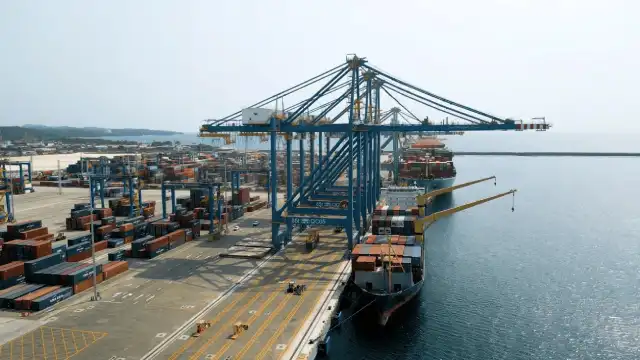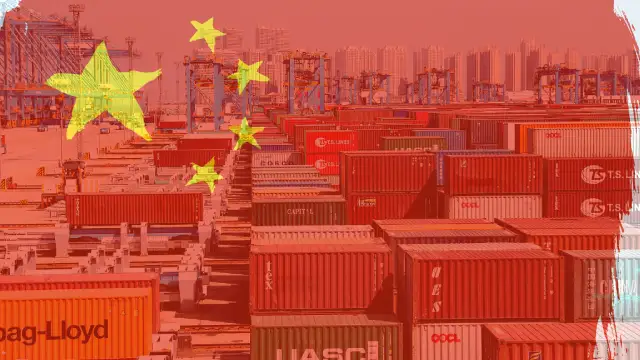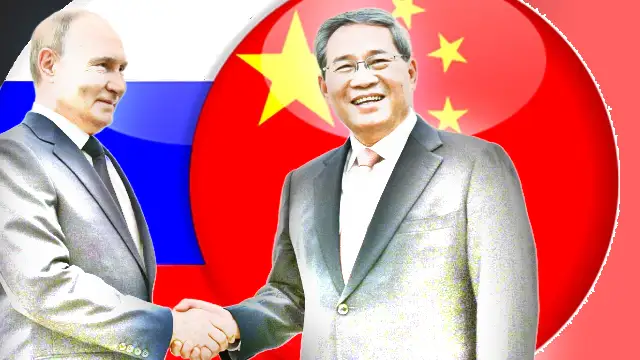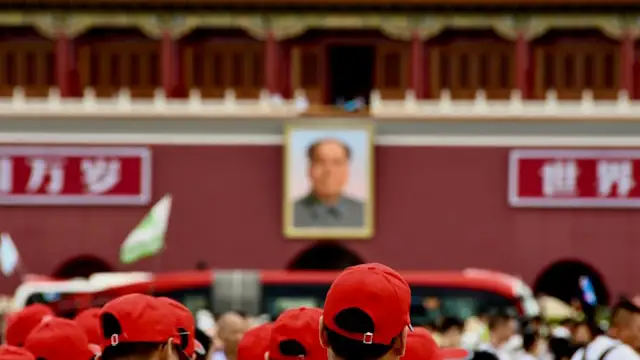When the global economy has been shocked by the crazy tariffs set by US President Donald Trump’s administration to virtually every corner of the planet, even those islands exclusively occupied by penguins, China as the world’s second-largest economy, is doing its best to support the growth of the global trade and economy.
One of the latest actions that China has taken, is setting zero tariffs on 43 least-developed countries (LDCs), which have established diplomatic relations with China. This action was taken at the end of 2024. The zero-tariff plan included 43 LDCs, where 33 of them are in Africa, eight in Asia and two in Oceania.
According to the data published by the United Nations, around 900m people are living in LDCs around the world, which accounts for about 12% of the global population. The total amount of LDCs is taking only around 2% of the global economy, and their contribution to global trade is only around 1%.
Although these less developed countries can achieve massive economic growth if they can well utilise the global trading network, given the fact that they have a low starting level in global trade therefore the potential growth can be extraordinary. However. their products for export meet a very harsh environment. The products that come from these LDCs are much less competitive when compared with their industrialised competitors.
Although the LDCs are usually fulfilled with a large amount of working-age labour, because of the lack of capital input, the production efficiency of the labour is comparatively low. Take agriculture as an example, the lack of agricultural machinery can reduce production efficiency by a very large extent. When developed nations use drones to spread fertilisers, the farmers in LDCs do the same work with their bare hands and earn much less.
For these LDCs to grow their economy, they must receive economic support in the global trading network, not economic bullies. With the zero tariff that China is setting for these LDCs, the products of these countries can enter the large Chinese market with 1.4bn consumers whose middle class is increasing rapidly. On the other side, with a tariff war initiated by the Trump administration, these small economies aren’t given the necessary breathing room to flourish in the ruthless global trading market.
When China is setting zero tariffs for 43 LDCs, China’s economy and its global trade are not taking hits. On the contrary, as China is now one of the most important centres for the global market—China’s cross-border trade has been going from strength to strength.
According to the latest data provided by China Customs, in the first quarter of 2025, China’s total imports and exports reached 10.3 trillion yuan (around $1.4 trillion), 1.3% more than one year ago. China’s exports rose 6.9% year-on-year while imports declined by 6%.
What’s behind the strong growth of China’s global trade and the solid position in the global trading system is the competitiveness of China’s industrial system, not the tariff weapon that has been misused by trade protectionism on the other side of the Pacific Ocean. In the first quarter of 2025, the Chinese products that have advantages with high-end manufacturing, smart technologies and green technologies have contributed significantly to the growth of China’s global trade. According to the latest data, the exports of China’s wind power generators, lithium batteries and electric vehicles have increased by 43.2%, 18.8% and 8.2% respectively.
Alongside the solid growth of exports, China’s trade with developing regions, including the least developed countries that have received zero tariff treatment from China, has also increased dramatically. According to the data from China Customs, China’s trade with ASEAN, Africa and Latin America has increased by 7.4%, 9.6%, and 5.2% respectively in the first quarter of 2025.
Furthermore, China’s support of developing economies and LDCs is not only limited to the zero-tariff policy. With the Belt and Road Initiative (BRI) and other supporting programmes, China has helped these countries in multiple aspects, including the building of a better trading system, the creation of infrastructure, the transferring of industrial technologies, and the joined ventures and cooperation between businesses, etc.
Meanwhile, the Chinese yuan is also offering the global trading market an alternative choice, compared with the now turbulent US dollar. Alongside the tariff war that the Trump administration has started against many nations around the world, the USD index has dropped from 110.18 points to less than 100 points or around 10%. In this turbulent market, global traders are looking for currencies that can stand still. With a strong domestic economy and an open attitude to global trade and foreign capital, the Chinese yuan is offering a safe and stable alternative.
With an open attitude to the world, China’s economy is not only benefiting its own citizens, but also economies around the world, including the LDCs, or least developed countries. After all, the economic growth of the world can never be completed by one country alone. The most valuable lesson taught by the history of global economic growth in the past century is that free global trade benefits every country that is involved, and tariff war only results in stagnation and even recession.
[Source: CGTN]




